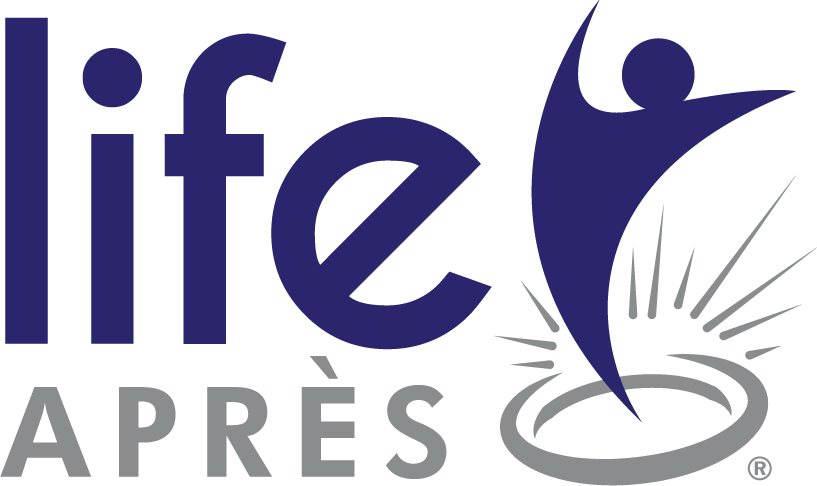In addition to suffrage leaders Susan B. Anthony and Elizabeth Cady Stanton, women journalists of the 1890’s and early 1900’s literally kept women’s fight for the vote in the headlines. My great-great aunt Miriam Michelson was one of them.
From the stories Aunt Miriam chose, what she got published, to how she made a good living as a writer (and as a single woman), there are many striking things about Aunt Miriam’s story.
Lessons for breaking into a non-traditional field
This was a time when being a journalist was a non-traditional field for women. Yet, she was very successful, a celebrity of her day even.
Here are ten takeaways for women today from deconstructing Aunt Miriam’s success:
-
- Use what you have: Aunt Miriam leveraged her writing and reporting talents, network, platforms, and her “brand” to shine a spotlight on the issues she thought were important, such as women’s rights and social justice.
- Get creative: To stand out, Aunt Miriam found creative ways to cover topics, including once writing a news story in verse, and using her fiction address controversial issues.
- Have the courage to come forward: When Aunt Miriam wanted to cover an issue, she went for it, took a risk at being rejected (or even with her career) by doing so, including challenging U.S. policy, such as the annexation of Hawaii. Find the courage and approach.
- Find a workaround: The way Miriam found a way around the limitations for women, reminds me Aunt Miriam’s story reminds me of my interview with diversity expert, Laura Liswood, who described said when you are in “the non-dominant” role, you have to find another way to get things done, because the system is not on your side. One of Aunt Miriam’s fictional reporter women was told by her editor that a man had to accompany her to cover a story, for example. But Aunt Miriam had the woman ditch her “escort” and go back by herself to find out more on her own.
- Get men’s support: The support of her male editors was crucial because they opened doors for her that were closed to women and helped her hone her craft. She had three primary men who we would call “sponsors” today. One was Joseph Goodman, the editor of The Virginia Enterprise in Virginia City, NV (where she grew up), who mentored her journalism career, including after he became editor of a Hearst daily newspaper in San Francisco; Goodman is known for discovering Mark Twain. The other two men were Aunt Miriam’s other brother Charles Michelson, also a reporter, and her brother-in-law Arthur McEwen, editor of The North American in Philadelphia who also published her work. Henry Louis Mencken, the editor of The Smart Set, who published “The Superwoman” and several of Aunt Miriam’s articles, is another one. The Smart Set is known for nurturing other literary notables as well, including James Joyce, F. Scott Fitzgerald, Willa Cather, Aldous Huxley and Dorothy Parker
- Hone your craft: Aunt Miriam was perceived as a great reporter, interviewer and writer. She is considered one of the foremost interviewers of Susan B. Anthony, for example, and when you read her articles and fiction, you’ll see why she was revered.
- Use humor: “In a speech titled ‘The Reproach of Unladylike Behavior,’ Michelson ‘by her fun and irony warmed the audience into rippling good humor,’ the book, “Winning Equal Suffrage in California wrote, per Harrison-Kahan. [i]Wit and humor are powerful tools for easing tensions, and disarming resistance and confrontation.
- Keep learning: Aunt Miriam was constantly seeking new challenges, which is why she pushed the boundaries of “women’s roles,” tackled difficult issues, and why she wrote fiction, including “picaresque novels, science fiction, historical romance, parlor room melodrama, and literary journalism,” wrote Harrison-Kahan.
- Cross-purpose your content: Aunt Miriam reused every experience and story, having some make repeat performances in her fiction, or speeches later when she became an activist.
- Make a difference: The core of Aunt Miriam was her mission to leverage her platforms and her skills to make a difference. She wanted to address social causes, speak up for the voiceless and help women advance. In addition to her work focused on women, she “often documents experiences of individuals living on the ethno-racial margins and communities subjected to white imperialism,” as Harrison-Kahan wrote, including black soldiers who faced white racism in the military.
As you seek to make strides in your own career, I hope Aunt Miriam’s creativity and moxie inspires you to press ahead.
